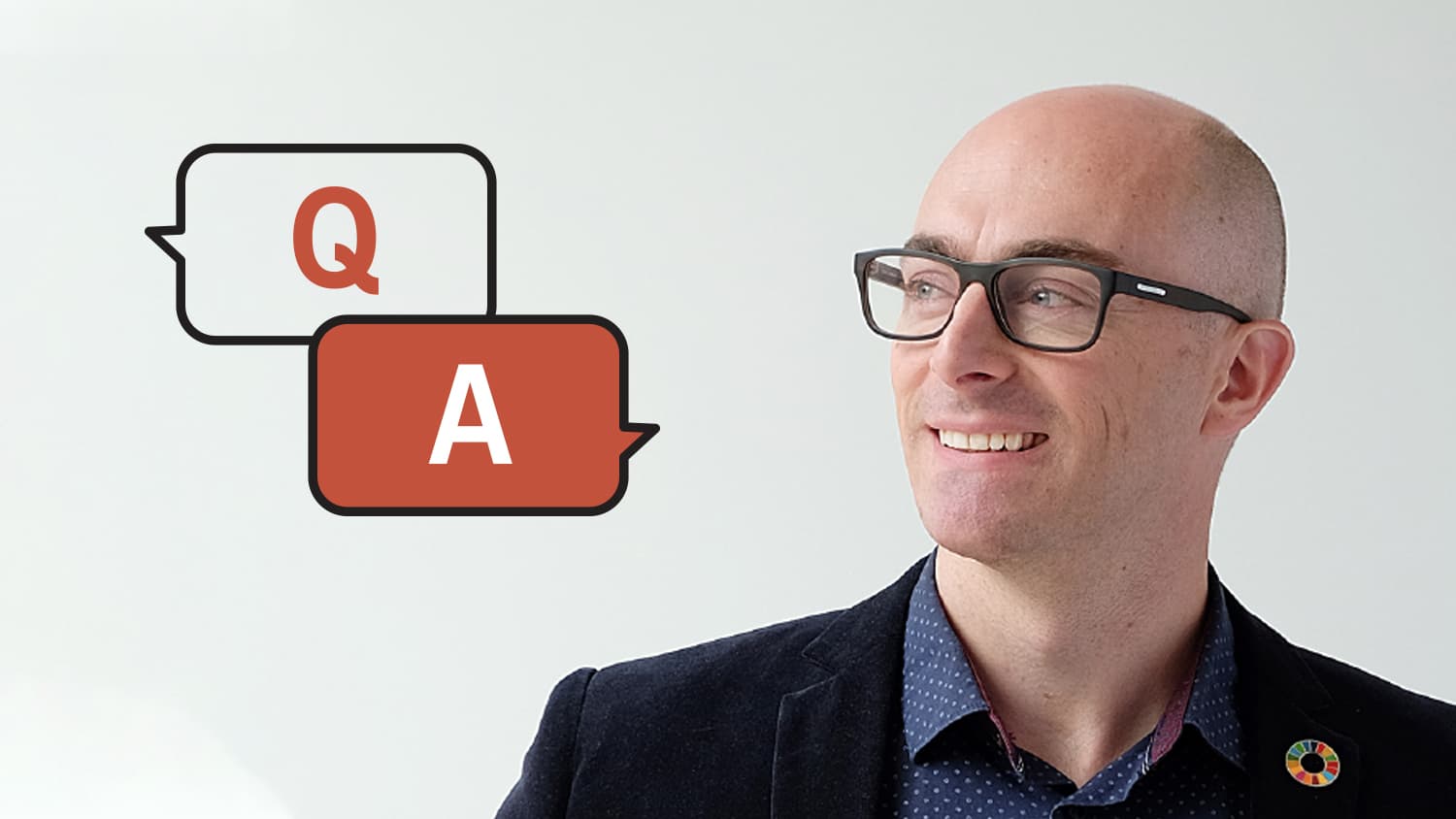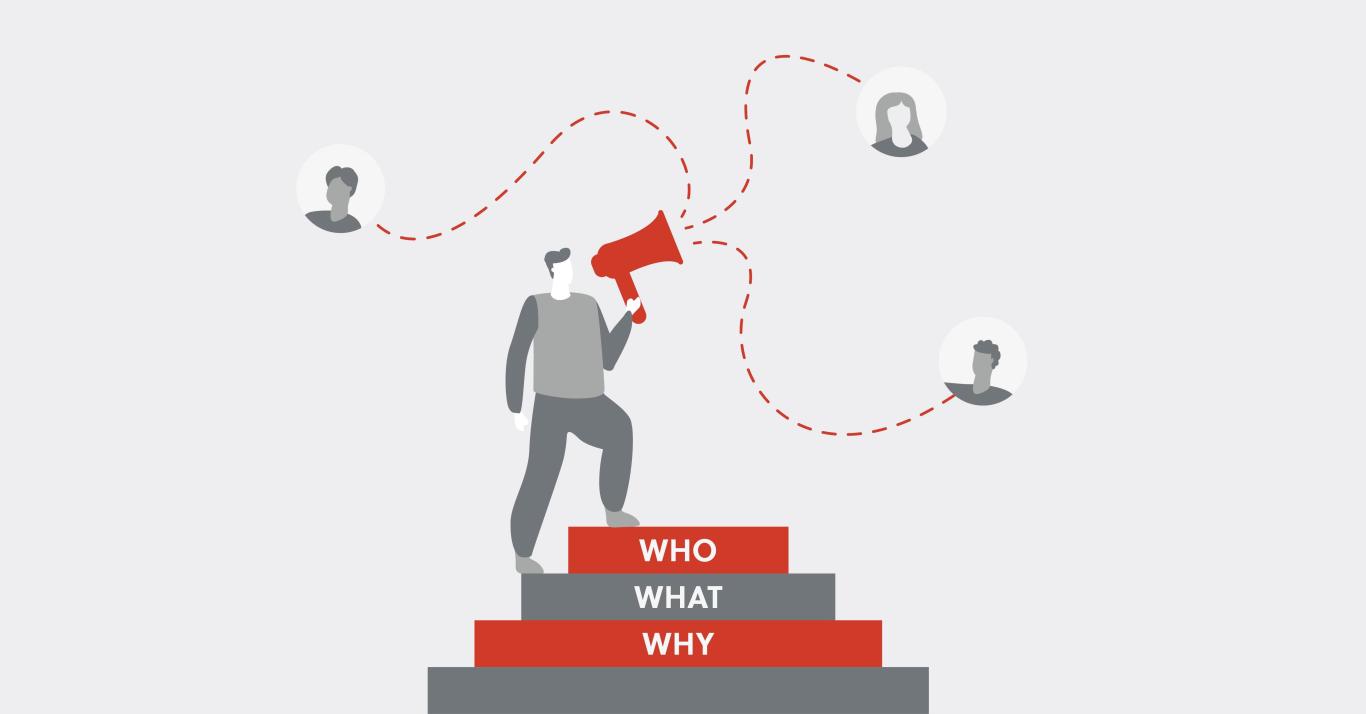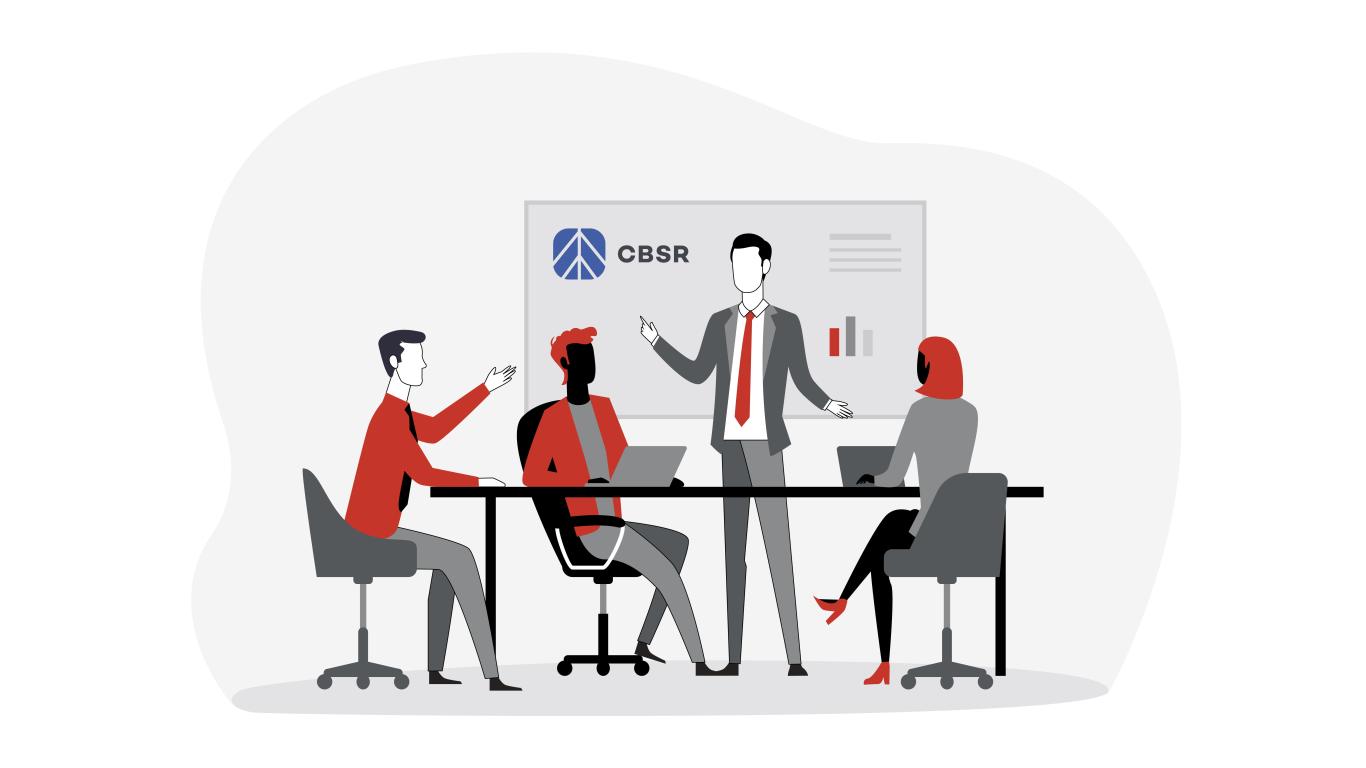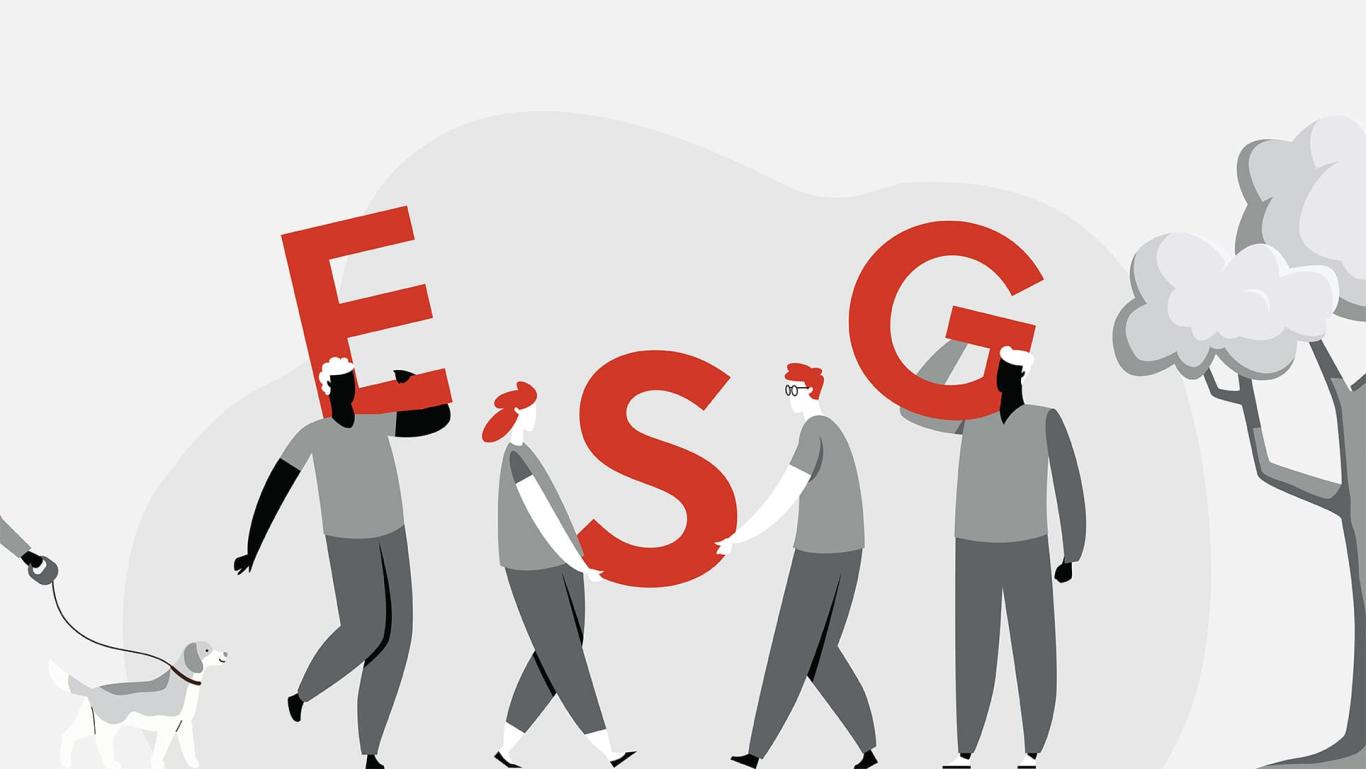2020 Insights on Materiality, Reporting and Digital Strategy

During a recent webinar hosted by The World Business Council for Sustainable Development (WBCSD), Works Design’s Director of Sustainability, Wesley Gee, spoke to WBCSD’s Johanna Tähtinen on materiality, smart reporting and the future of sustainability communication.
Materiality
Johanna Tähtinen: What have you seen as the biggest challenge regarding reporting on materiality and what can companies do about it?
Wesley Gee: Most companies are leaning quite heavily on only what is financially material (rather than materiality through a wider lens) by looking at the topics uncovered through the Sustainability Accounting Standards Board (SASB), mainly because it is easier to do and will please investor relations colleagues – but may actually alienate others.
There is an opportunity for companies to engage their own people and their most influential stakeholders (e.g., clients, partners, investors) to consider their priorities and expectations, and also to use this time to understand how they would like to be informed and engaged – so moving beyond objective survey/report information, and into strengthening ties.
Also, within a report, there are opportunities for companies to offer more context behind their findings – more than just a matrix and basic description of their methodology. For complex organizations, in particular, we’ve seen some of the stronger reports describe why specific topics were deemed material (from others’ vantage points) and have described why some material topics are more important than others based on the regions where they operate or sectors they support.
Smart reporting
Johanna: How can companies start tackling these questions and decide what formats and channels are the best?
Wesley: Sometimes companies just need to act more collaboratively across their communications channels, which commonly involves corporate communications, investor relations, community relations, internal comms and sustainability colleagues working to identify key audiences, understanding how they want to be informed/engaged (e.g., social media, report, webinar, website) and the topics that are of greatest interest with these groups. There is no silver bullet, but a combination of these tactics is always preferred.
Having a great plan at the beginning that acknowledges these audiences and their differences will result in a more thoughtful use of web, social and reporting. This is why we have many clients where we may develop a full report PDF that is complemented with a summary microsite, with easily sharable videos and illustrations, and a three to six month social calendar with assets that reach key audiences on specific topics rather than only a basic “Hey, read my report!” message (tip: not many want to read your report but they may be very into how you’re addressing specific issues, or your actions or goals in a specific region). Also, we can learn so much these days with analytics – they can allow us to pivot quickly on topics and tactics.
Digital strategies
Johanna: Where do you think the future of sustainability communication and reporting are going? What are some effective practices in digital strategy?
Wesley: Companies need to be more intentional about how they reach key audiences. Fortunately, with social media we can reach many unique audiences and we can track the demographics of those who are responding to social and understand their behaviours. And while a lot of these analytics remain imperfect, they’re getting better and will improve how we reach and respond to people in a customized way.
Being intentional also relates to how companies report, which is being done in a more integrated way, reflecting a more integrated approach to sustainability, based on the mainstreaming of ESG (Thank you Larry Fink!). This, in turn, will improve how companies manage critical issues, will improve analyst/investor evaluations and ultimately reward companies that are more transparent and better performing.
We need to think of better metrics at times that reflect more on positive rather than “doing less bad” performance, that can tie to a better story and to a more ambitious purpose. So we always need to look at where the rational and emotional worlds can collide; to see where the story matches with the data, and where we can both inform and engage, and be willing to improve based on real interactions – think about innovation competitions, crowdsourcing for new ideas and real dialogue with leaders and experts.
***
Be sure to download Works Design’s Sustainability Reporting Trends and Best Practices to learn more about materiality, smart reporting and the future of sustainability communications.
Is your website WCAG compliant? Drop us a line – we’d be happy to take a look.




